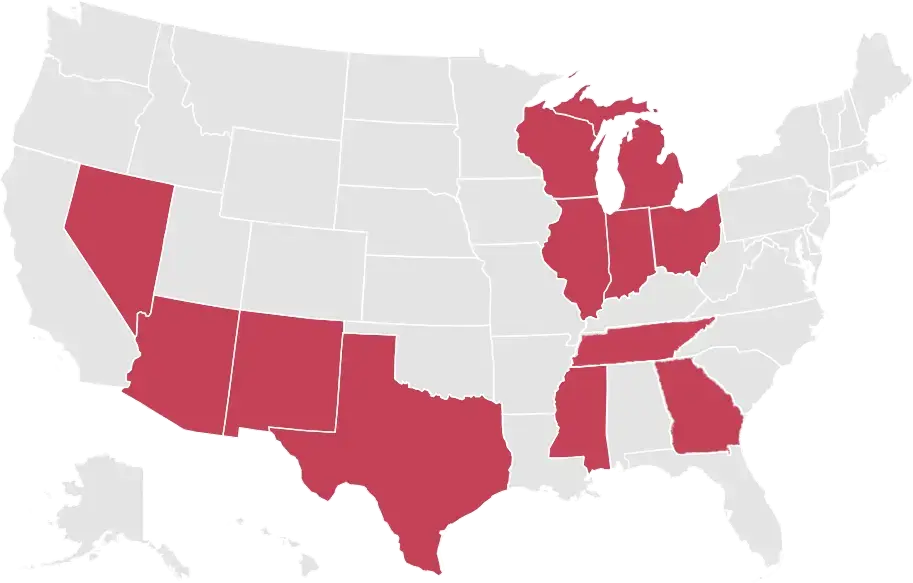If you’re looking for Illinois vehicle auto insurance, there are so many considerations that it is easy to get overwhelmed. Add to that the fact that insurance policies are not exactly intuitive, particularly if you’re not that experienced buying Illinois vehicle auto insurance, and researching insurance is rarely convenient. But we want to change that through education.
One of the ways we can do that is to clear up the difference between standard and non-standard auto insurance. Non-standard auto insurance is less common than standard insurance and so it can lead to confusion. Continue reading to understanding the differences between standard and non-standard Illinois vehicle auto insurance.
How Insurance Companies Price Their Policies
To understand the difference between these two types of insurance, it helps to understand how insurance companies price their policies. Because insurance companies make money when their customers pay their premiums and lose money when they have to cover claims, they want to maximize their premiums and minimize their claims.
By doing statistical analyses, insurers categorize people based on characteristics like age, zip code, and other factors into risk categories.For Illinois vehicle auto insurance, there are typically three risk categories: preferred, standard, and non-standard. For customers in the preferred category, insurers can afford to charge relatively lower premiums because they know (statistically) that this category of customers will have a relatively lower number of claims.
In the standard category, insurers must charge higher premiums because they know that this category of customers will file more claims than the preferred category customers.
For non-standard customers, insurers must charge even higher premiums. However, if the premium charge is too high, people simply won’t buy the policy because it will be cost-prohibitive. So, to meet the market, insurance companies enable themselves to offer non-standard coverage by stripping out some of the features of standard coverage.
That way, they can price their policy’s premiums affordably by providing less coverage because less coverage means fewer claims and fewer payouts. In itself, this is not a bad thing; it makes insurance coverage affordable for those in the non-standard category of risk.
Different Customers, Different Products
Insurance is a product like a laptop, and just like a laptop, there are many different kinds of insurance. Some insurance comes with all the bells and whistles and a high price tag. Other insurance is more stripped-down, covering only the basics, and the price tag is lower.
You can think of non-standard insurance as a stripped-down version of standard insurance. With non-standard insurance, you may not have coverage for things that are common on standard policies such as rental cars or coverage for people borrowing your car. Also, in some cases, non-standard insurance imposes a mileage limit. If you don’t need or want the coverage of standard insurance, you may not even notice a difference with non-standard insurance.
Who’s Considered a Non-Standard Customer?
Anyone that the insurance companies deem a particularly risky customer is a non-standard customer. This includes teen drivers, people with serious driving-related criminal offenses, people who have never been covered before, foreigners who have no driving record, and anyone who owns a rare car or supercar.
These are the types of things that insurers look at as an indication that a customer is especially risky and is thus ineligible for standard auto insurance.
Non-Standard is Not Substandard
“Non-standard” is an unfortunate name for this type of insurance because when you first hear it, the idea that this type of insurance is worse than typical insurance comes to mind. But that’s not the case. Non-standard Illinois vehicle auto insurance must still comply with state and federal laws governing auto insurance, so it is giving you the coverage you need to be compliant with your state’s laws.
Non-standard insurance is less comprehensive than standard or preferred insurance but that’s by design. By stripping out some of the frills of standard auto insurance, insurers make it possible to still obtain affordable coverage when you’re a teen driver or have some other issue that puts you in the category of a non-standard customer.
Understanding Non-Standard and Standard Policies
Whether you’ve purchased—or if you are thinking about purchasing—a standard or non-standard policy, it’s important that you go through the fine print and make sure you understand what’s covered and what’s not. Different insurance policies will have slightly different characteristics, so there’s really no substitute for reading and understanding your unique policy.
Ideally, you’ll make sure you understand your policy and all its nuances before you buy it so you can avoid any surprises down the road. If you’re having trouble understanding your Illinois vehicle auto insurance policy, make sure you ask a representative from your insurance company any questions you may have.




